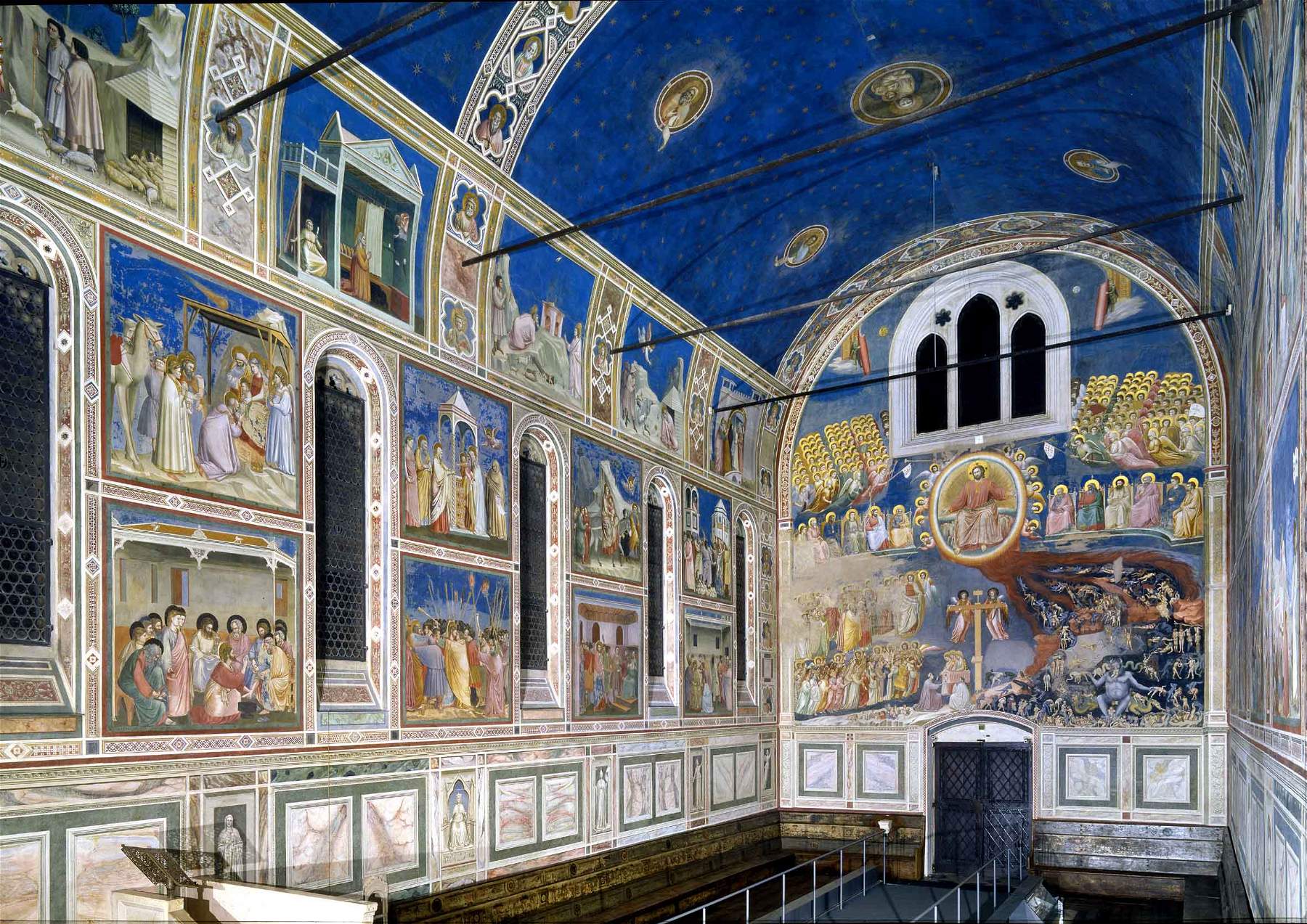In Padua, an exhibition on the Scrovegni Chapel in photography between the nineteenth and twentieth centuries
From October 28, 2023 to April 7, 2024, the Museo degli Eremitani in Padua will host the exhibition The Shot of Giotto. The Scrovegni Chapel in Photography between the 19th and 20th centuries, curated by the Civic Museums, Civic Library and World Heritage Office and promoted by the Department of Culture of the City of Padua. The exhibition aims to reconstruct the extraordinary visual fortune of the Scrovegni Chapel, an absolute masterpiece frescoed by Giotto.
Few people know, however, that Cappella degli Scrovegni was one of the first Italian monuments to be reproduced in photography in a systematic and timely way: it was immortalized for the first time in the summer of 1863 by Carlo Naya, one of the Italian pioneers of photography.
The exhibition route starts from the first reproductions of Giotto’s frescoes, in a black-and-white scenario created thanks to the rare and precious photographic plates made by Luigi Borlinetto starting in 1883, which are the heritage of the Biblioteca Civica di Padova. These lead the visitor to the discovery of little-known details and unusual viewpoints, with the intention of restoring to the contemporary observer the experience of a visitor in the second half of the 19th century.
We then move on to the twentieth century through the famous Alinari and Domenico Anderson photographic campaigns, whose value is intertwined with that of art and popular publishing. It will be precisely through the photographic campaigns of the Alinari Publishing House in Florence that, starting in 1906, images of the Scrovegni Chapel will be included in art catalogs and will tour the world thanks to editions translated into English and French. Alinari is also responsible for the first campaign of photographs of the Scrovegni Chapel in color: it was 1952 and Giotto’s masterpiece had already become the subject of a film work. In 1938 the very young director Luciano Emmer made the first film about the Scrovegni Chapel: Tale from a Fresco. Shot in 35 mm using an old Pathé camera from 1913 and a homemade truka, used to make animations, special shots, and special effects, Emmer executed the storyboard by drawing in charcoal on the photographs and then filming frame by frame, admitting that “the film on Giotto can be considered the first Italian neorealist film because on closer inspection the walls of the Scrovegni Chapel are in fact a kind of storyboard: I just filmed it.” Later, Pier Paolo Pasolini also explicitly included Giotto’s masterpiece in the scenes of the 1971 Decameron.
The fascinating imagery of the Scrovegni Chapel developed over the centuries is also the subject of the most advanced photographic reproduction technologies. The exhibition aims to invite the public to immerse themselves in the digital reconstruction of Giotto’s masterpiece, concretizing in a new experience the most innovative proposal put forward by Giotto in the 14th century, namely that the observer could enter the narrative realized by the artist, just as those who devoted themselves to the reproduction of his frescoes had already done between the 19th and 20th centuries.
The exhibition is made possible thanks to the contribution of the Fondazione Cassa di Risparmio di Padova e Rovigo and AcegasApsAmga S.p.A. in collaboration with Scripta Maneant Editori, Factorcoop S.p.A., Emilro Service and under the patronage of the Italian National UNESCO Commission, Ministry of Culture, ICOMOS, ICCROM.
 |
| In Padua, an exhibition on the Scrovegni Chapel in photography between the nineteenth and twentieth centuries |
Warning: the translation into English of the original Italian article was created using automatic tools. We undertake to review all articles, but we do not guarantee the total absence of inaccuracies in the translation due to the program. You can find the original by clicking on the ITA button. If you find any mistake,please contact us.




























